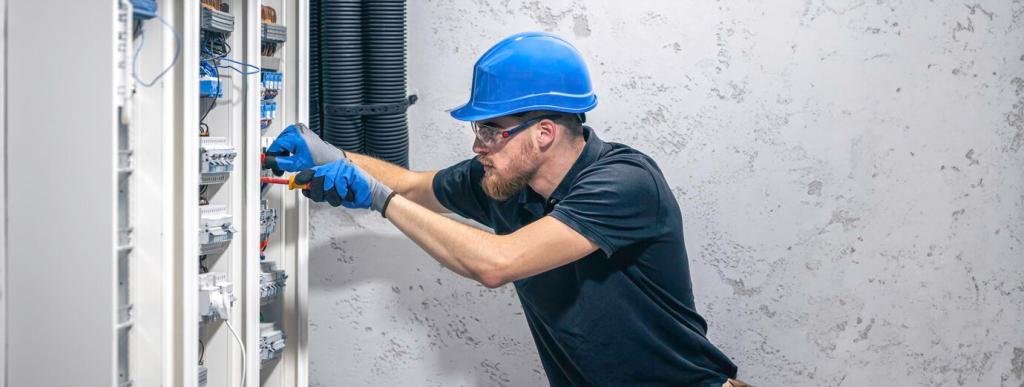Simple Inspection Checklist You Can Do From the Ground
Look for uneven dust bands, sticky pollen, or bird droppings—especially along lower edges where airflow stalls. Track moving shade from growing branches or new vents. If pigeons are nesting under panels, consider humane mesh guards to protect wiring and prevent messy, heat-trapping debris.
Simple Inspection Checklist You Can Do From the Ground
Scan for rusty fasteners, tilted panels, or clamps that appear misaligned. On the roof, look for lifted shingles or cracked sealant around brackets. Addressing small gaps early stops water from traveling into the roof deck and saves you from chasing mysterious attic stains months later.









